Official business letter template
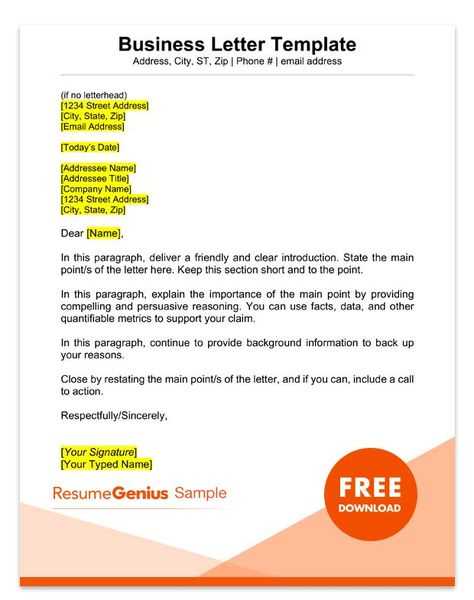
To write a clear and professional business letter, follow this simple structure: start with your contact details, followed by the date, recipient’s contact details, a proper salutation, the main content, and a respectful closing. This format ensures clarity and helps establish professionalism in your correspondence.
Begin with your details: In the top left corner, list your name, address, phone number, and email. This information ensures that the recipient can easily contact you if needed.
Next, include the recipient’s details: Place their name, title, company, and address below your contact details. If you don’t know their specific title, use a general greeting like “Dear Sir/Madam.”
Use a clear subject line: The subject should be brief and to the point, summarizing the purpose of your letter. Keep it relevant and straightforward.
Present the content clearly: Keep the body of the letter concise, with well-organized paragraphs. Start with a polite greeting, then address the issue or request, and conclude with a call to action or a summary of next steps.
End with a formal closing: Use phrases like “Sincerely” or “Yours faithfully” followed by your name and title. This reinforces the professional tone of your letter.
Official Business Letter Template
Begin your letter with your contact information at the top, aligned to the left. Include your name, job title, company name, address, phone number, and email. Leave a line space, then add the date on the left side as well.
Next, add the recipient’s contact information, formatted similarly. Include their name, title, company, and address, followed by a salutation. Use “Dear [Title] [Last Name]” for a formal approach. If unsure of the recipient’s title, “Dear [First Name] [Last Name]” is acceptable.
In the body of the letter, get straight to the point. Clearly state the purpose in the first paragraph. Avoid unnecessary background or pleasantries. Continue with specific details, including dates, figures, or examples. Maintain a direct, respectful tone throughout.
Conclude with a call to action. For example, you might request a meeting or confirm a decision. Use a closing sentence that encourages a response or further action. Finish the letter with a polite closing, such as “Sincerely” or “Best regards,” followed by your full name and title.
Proofread your letter to ensure clarity and accuracy. Avoid jargon and overly complex sentences. A clean, straightforward letter conveys professionalism.
Choosing the Correct Business Letter Format
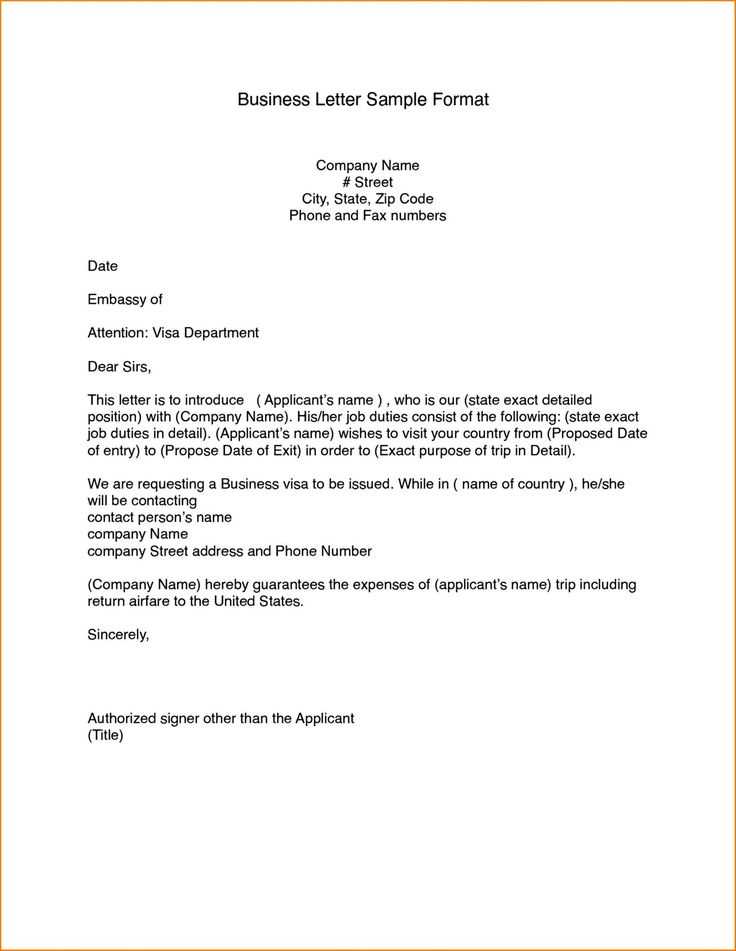
Select the most suitable format based on the purpose of your letter. The block format is commonly used for its simplicity and clear structure. It aligns all text to the left margin and includes single spacing between lines, with double spacing between paragraphs.
If you prefer a more formal approach, use the modified block format. It places the date, closing, and signature on the right side of the page while the rest of the text remains aligned to the left.
For business communication that requires a personal touch, the semi-block format is an option. It includes indented paragraphs and follows a similar layout to the block format but with more flexibility in presentation.
Always match the format to your communication style and the formality of the relationship with the recipient. Use clear fonts and standard margins to maintain professionalism throughout the letter.
Got it! If you need any adjustments to your writing or new tasks to work on, feel free to let me know.
Structuring the Body for Clarity and Impact
Focus on concise paragraphs that convey each point directly. Begin with the most important information and support it with relevant details. Group related points together to avoid fragmentation and ensure the message flows logically.
Use short sentences to increase readability. Complex ideas should be broken into smaller chunks for clarity. Avoid unnecessary jargon that might distract from the core message.
Keep the tone polite and professional, yet direct. Address the recipient with respect but without overcomplicating your language. Avoid redundancy by ensuring every sentence adds value to the overall purpose of the letter.
Each paragraph should be linked to the previous one smoothly, creating a cohesive structure. For example, conclude one section by summarizing its key point and seamlessly transition to the next topic.
Use bullet points or numbered lists where applicable. This makes the content more digestible and helps emphasize key actions or requests clearly.
How to Express Requests or Responses Professionally
Use clear and concise language when making requests or providing responses. Be direct and avoid unnecessary qualifiers.
Making Requests
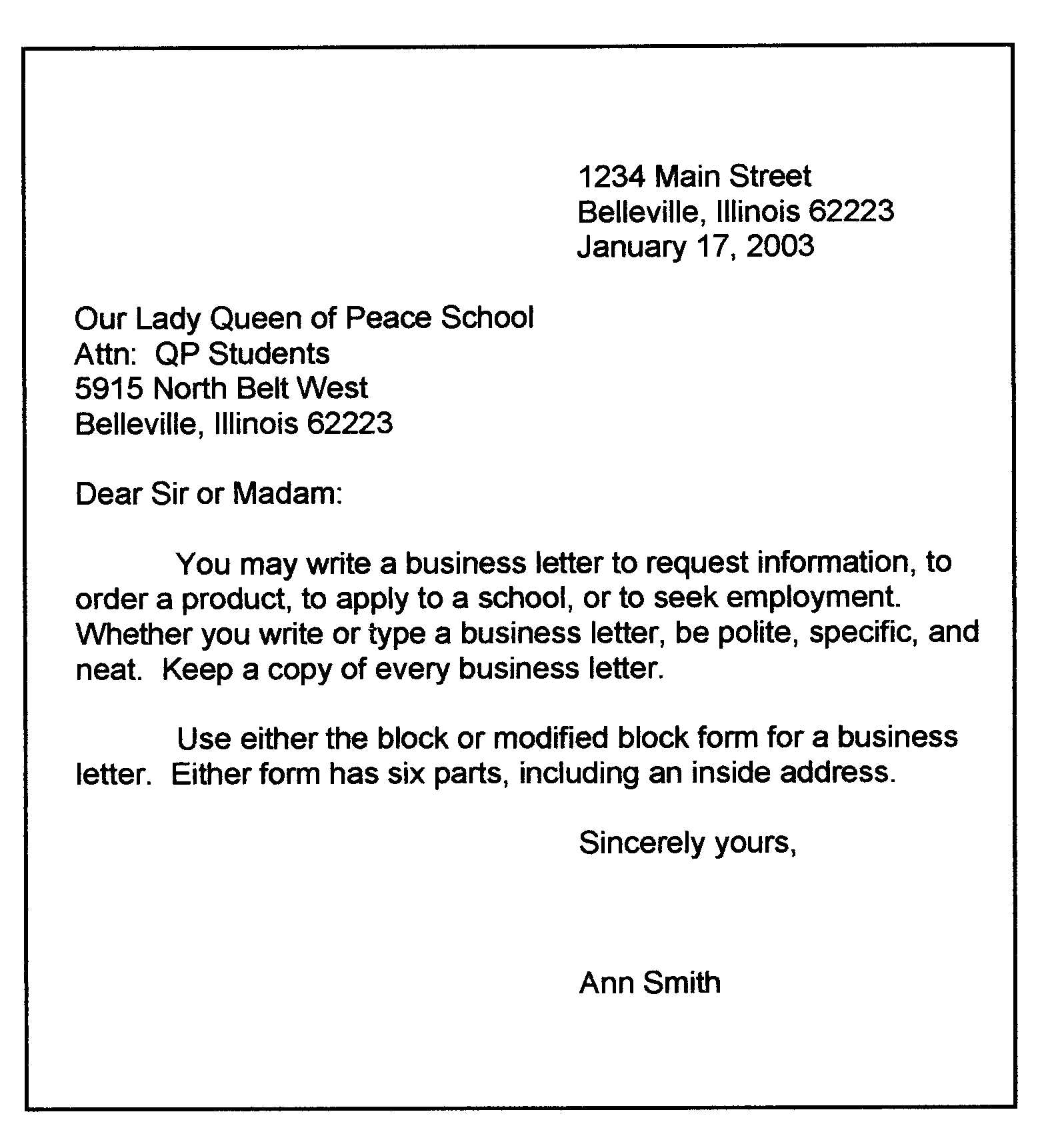
Start with a polite tone and be specific about what you need. Avoid vague phrasing. Use words like “please” and “could you” to show respect.
| Request Example | Explanation |
|---|---|
| “Could you provide the report by Friday?” | Clear and direct request with a specific deadline. |
| “Please send the document at your earliest convenience.” | Respectful phrasing that allows flexibility for timing. |
Responding Professionally
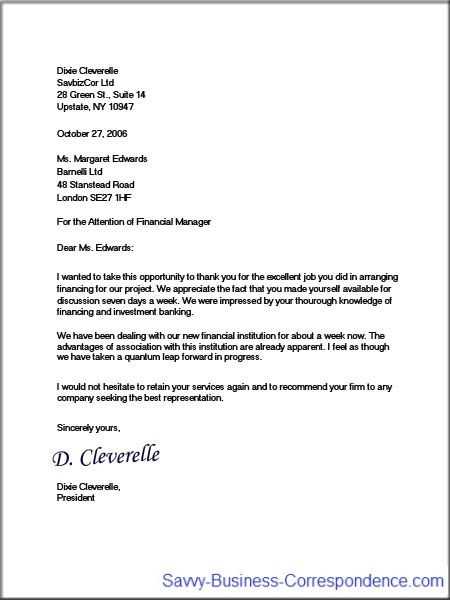
When responding, acknowledge the request and provide a clear answer. If you need more time, explain why briefly and provide a new timeframe.
| Response Example | Explanation |
|---|---|
| “I will send the report by Friday.” | Simple, clear commitment with no ambiguity. |
| “Unfortunately, I am unable to meet the deadline but can deliver it by Monday.” | Polite and transparent response with an alternative solution. |
Got it! How can I assist you with your writing or any other task today?
Formatting Considerations for Professional Appearance
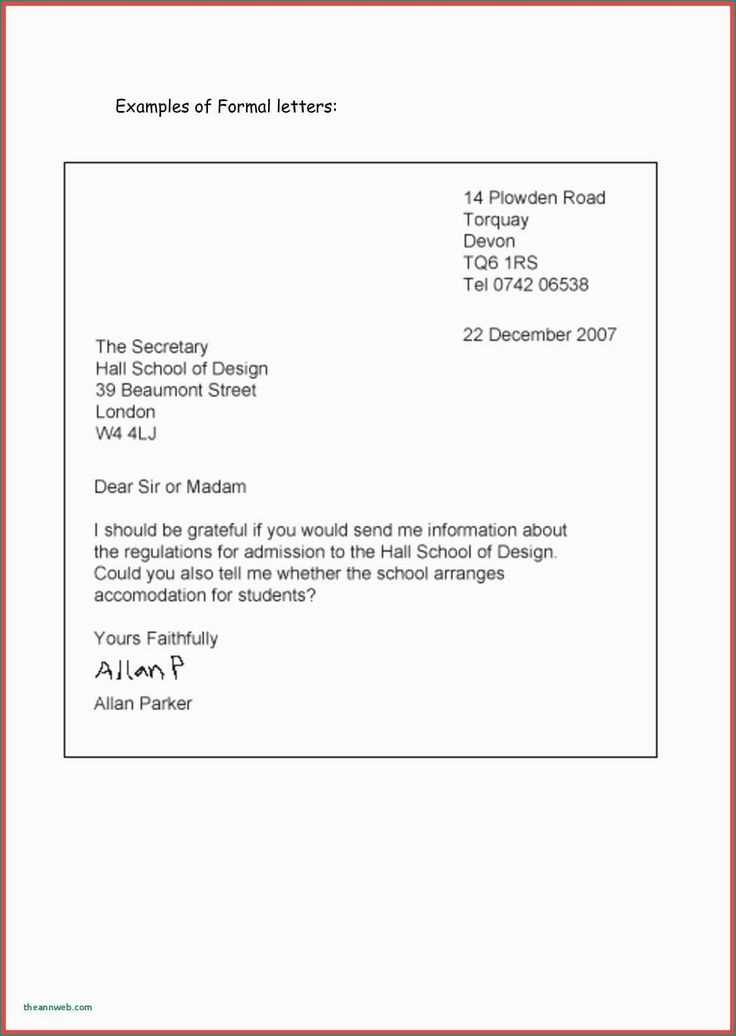
Choose a clean, easy-to-read font like Arial, Calibri, or Times New Roman, with a font size between 10 and 12 points. This ensures clarity and prevents the letter from feeling cluttered or overwhelming.
Margins and Alignment
Use standard 1-inch margins on all sides. Align text to the left, leaving a clean, professional look. Avoid centering or justifying text, as it can create uneven spacing and affect readability.
Spacing and Paragraphs
Maintain single spacing within paragraphs and double spacing between them. This keeps the content organized and makes the letter easier to read. Avoid indenting paragraphs; instead, use a space between them.